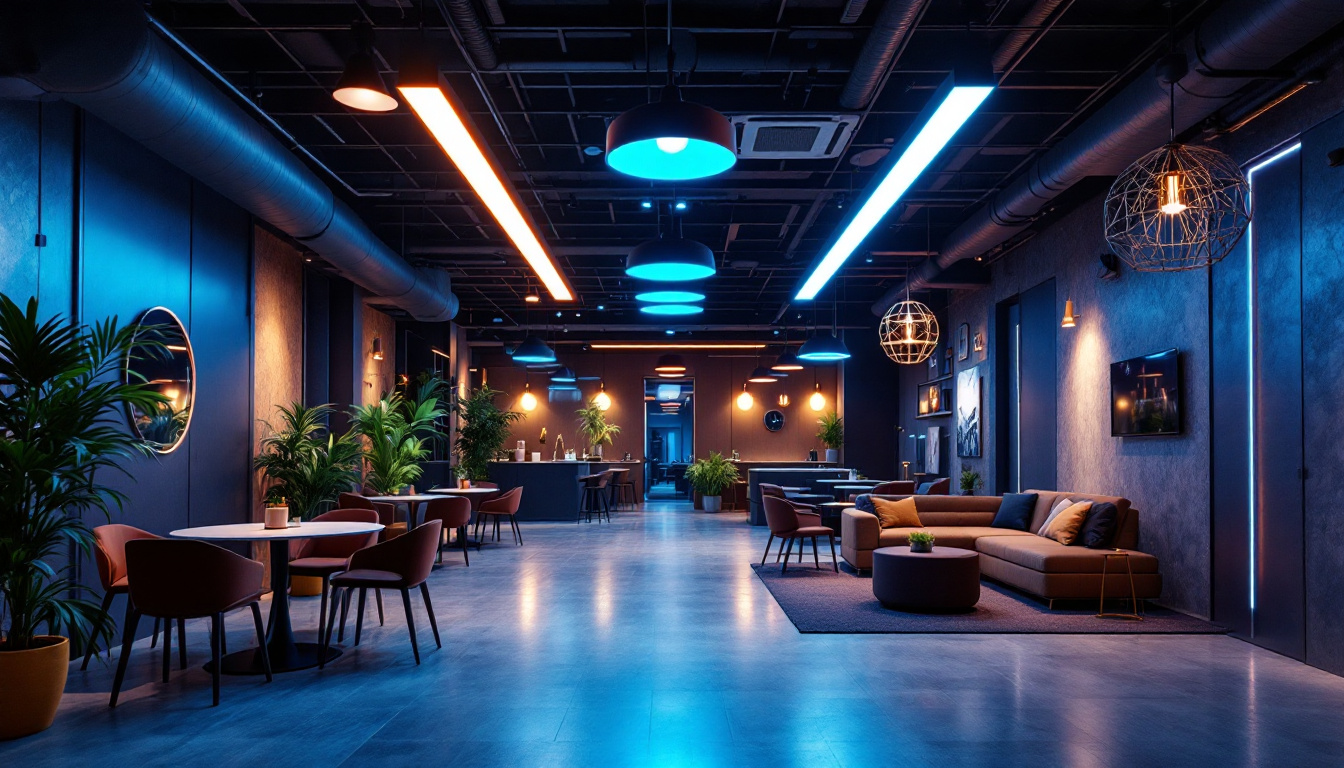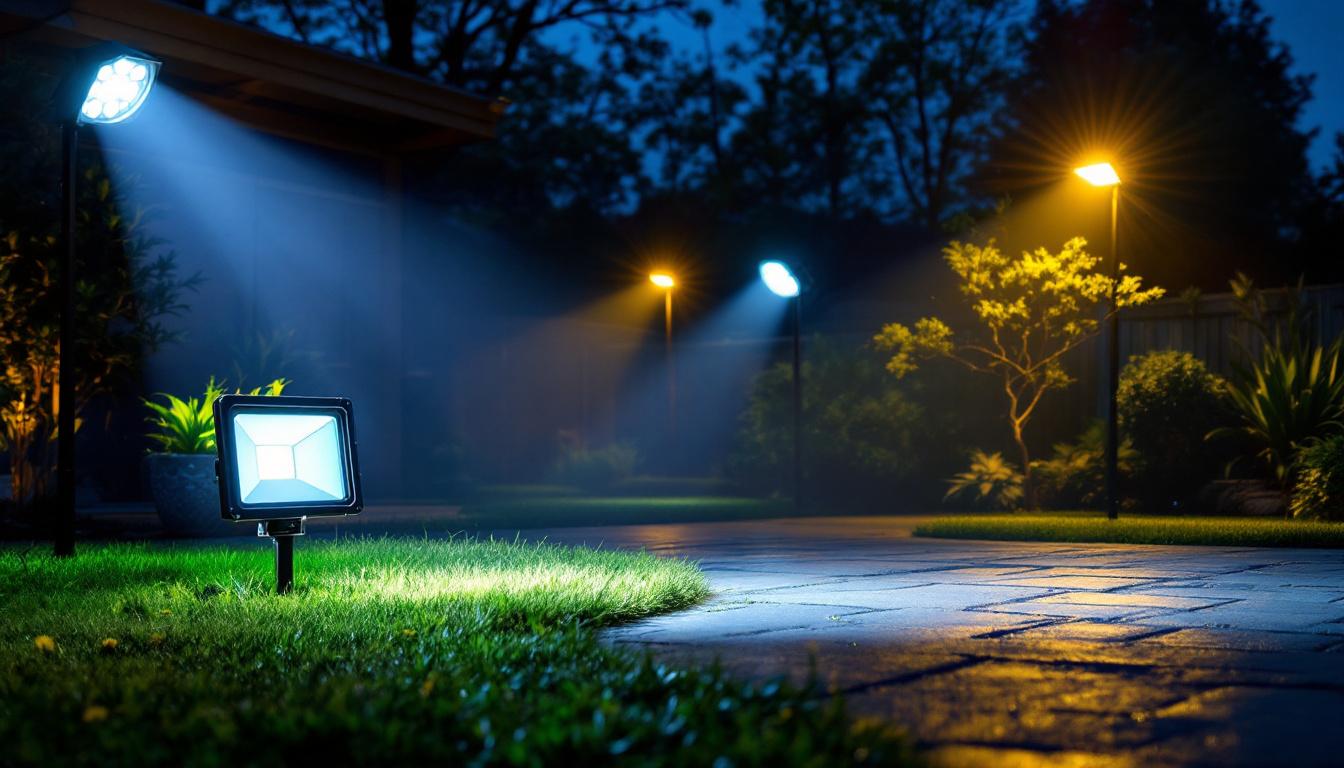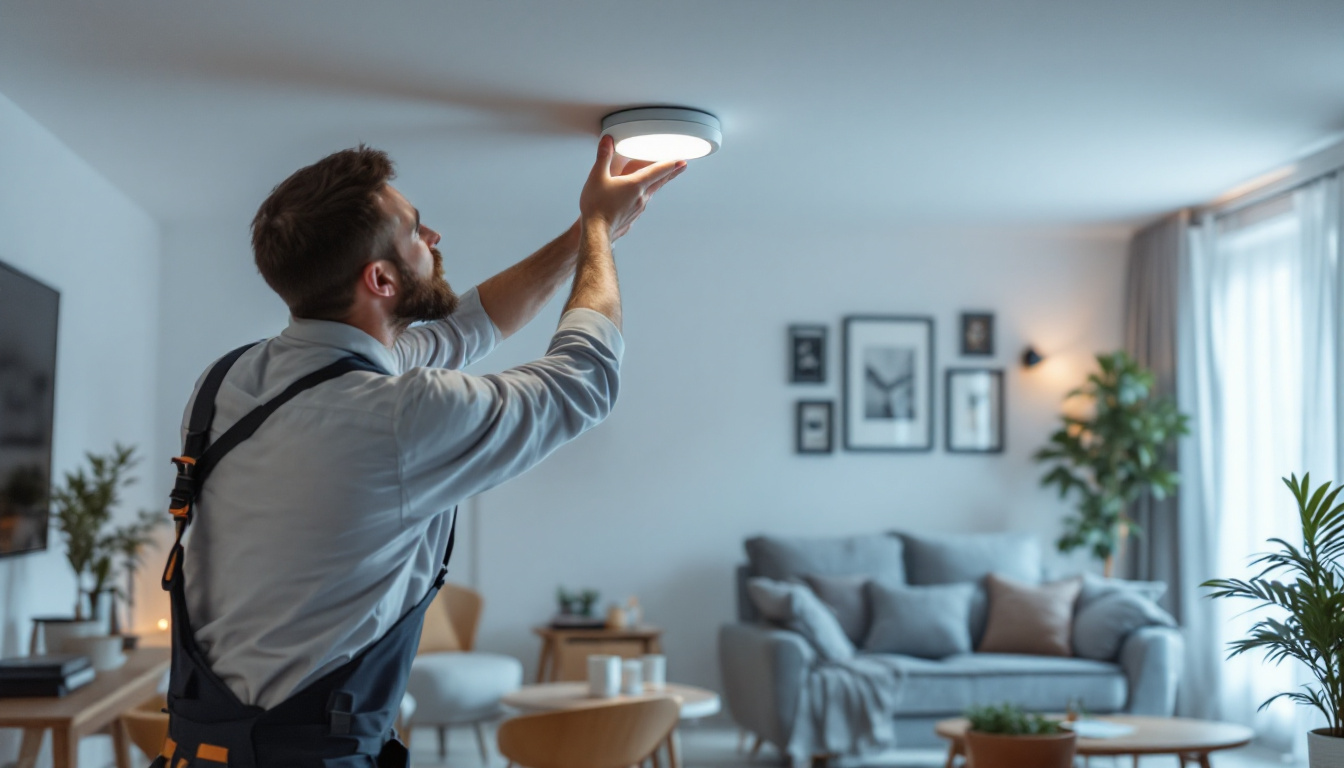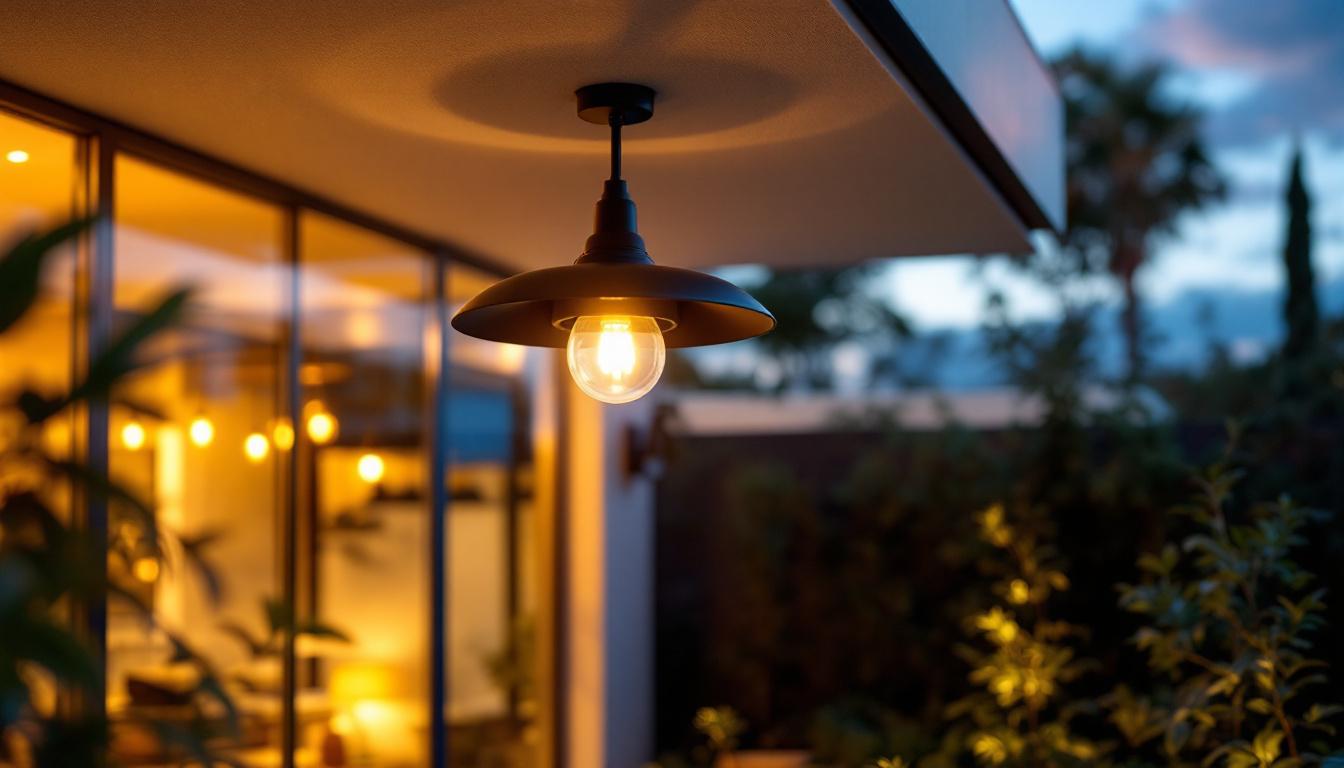
In recent years, LED lights have revolutionized the lighting industry, offering energy efficiency, longevity, and versatility that traditional lighting options simply cannot match. For lighting contractors, understanding the intricacies of LED technology is essential for providing clients with the best solutions. This article delves into the essential facts about cool LED lights, equipping contractors with the knowledge they need to excel in their projects.
Light Emitting Diodes (LEDs) are semiconductor devices that emit light when an electric current passes through them. Unlike incandescent bulbs that produce light through heat, LEDs convert most of the energy they consume into light, making them a far more efficient option. This efficiency not only translates into lower energy bills but also contributes to a reduced carbon footprint, making LEDs a more environmentally friendly choice for lighting solutions.
One of the most significant advantages of LED technology is its ability to produce a range of colors and intensities. This flexibility allows contractors to tailor lighting solutions to meet specific aesthetic and functional needs. Understanding how LEDs work is crucial for contractors to effectively communicate their benefits to clients. For instance, the ability to dim LEDs or change colors can create dynamic lighting environments that enhance mood and productivity, particularly in spaces like offices, restaurants, and retail stores.
At the core of LED technology are two types of semiconductor materials: p-type and n-type. When these materials are combined, they create a junction that emits light when electricity flows through it. The color of the light emitted is determined by the bandgap of the semiconductor material used. This scientific principle allows for a wide variety of colors, making LEDs suitable for various applications. For example, RGB (red, green, blue) LEDs can mix colors to produce nearly any hue, which is particularly useful in decorative lighting and stage productions.
Moreover, advancements in LED technology have led to the development of cool white LEDs, which emit a bluish-white light. These lights are particularly popular in commercial settings where bright, vibrant illumination is required. Conversely, warm white LEDs, which emit a softer, yellowish light, are favored in residential applications for their ability to create a cozy atmosphere. The choice between these options can significantly affect the ambiance of a space, making it essential for contractors to understand the nuances of LED color temperatures.
One of the most compelling reasons to choose LED lights is their energy efficiency. LEDs consume significantly less power than traditional incandescent or fluorescent bulbs, leading to reduced energy bills for clients. In fact, switching to LED lighting can result in energy savings of up to 80%. This remarkable efficiency is not only beneficial for homeowners but also for businesses looking to cut operational costs. Many organizations have reported that the initial investment in LED technology pays off quickly through substantial savings over time.
Additionally, LED lights have an impressive lifespan, often lasting up to 25,000 hours or more. This longevity means fewer replacements and reduced maintenance costs, making them an attractive option for both contractors and clients alike. Furthermore, the durability of LEDs—resistant to shock and vibration—makes them ideal for use in challenging environments, such as outdoor lighting or industrial settings. As the technology continues to evolve, we can expect even more innovations that enhance the performance and versatility of LED lighting solutions, further solidifying their place in modern lighting design.
Cool LED lights are versatile and can be used in a wide range of applications. From residential to commercial spaces, understanding where and how to implement these lights can significantly enhance a contractor’s service offerings.
In residential settings, cool LED lights can be used for various purposes, including ambient lighting, task lighting, and accent lighting. Their ability to produce bright, clear light makes them ideal for kitchens, bathrooms, and workspaces where visibility is crucial.
Moreover, homeowners are increasingly opting for smart LED solutions that can be controlled via mobile apps or voice commands. This trend presents an opportunity for contractors to offer integrated lighting solutions that enhance home automation systems.
In commercial and industrial environments, cool LED lights are particularly beneficial due to their high lumen output and energy efficiency. Retail spaces, warehouses, and manufacturing facilities can all benefit from the bright, clear illumination that LEDs provide.
Additionally, cool LED lights are often used in outdoor applications, such as street lighting and parking lots. Their durability and resistance to harsh weather conditions make them an ideal choice for exterior installations.
Contractors should be well-versed in the numerous benefits that cool LED lights offer. Understanding these advantages not only helps in making informed decisions but also aids in convincing clients to make the switch from traditional lighting options.
One of the most significant benefits of LED lighting is its positive environmental impact. LEDs are free from toxic materials such as mercury, which is commonly found in fluorescent bulbs. Furthermore, their energy efficiency contributes to a reduction in greenhouse gas emissions, making them an eco-friendly choice.
Contractors can promote the environmental benefits of LED lighting as part of a broader sustainability strategy, appealing to clients who prioritize green building practices.
While the initial cost of LED lights may be higher than traditional bulbs, the long-term savings are undeniable. The combination of reduced energy consumption and extended lifespan results in substantial cost savings over time. Contractors can provide clients with a detailed analysis of potential savings, helping them see the value in investing in LED technology.
Additionally, many utility companies offer rebates and incentives for switching to energy-efficient lighting solutions, further enhancing the financial appeal of LED lights.
With a plethora of options available in the market, selecting the right cool LED lights can be a daunting task for contractors. However, understanding key factors can simplify the decision-making process.
When evaluating LED lights, it is essential to focus on lumens rather than watts. Lumens measure the brightness of the light, while watts indicate energy consumption. LEDs are designed to produce more lumens with fewer watts, making it crucial for contractors to educate clients on this distinction.
For instance, a typical 60-watt incandescent bulb produces around 800 lumens, while an LED bulb can achieve the same brightness using only 8 to 12 watts. This understanding can help clients choose the right brightness for their needs while maximizing energy efficiency.
Color temperature is another critical factor to consider when selecting cool LED lights. Measured in Kelvin (K), color temperature determines the appearance of the light. Cool white LEDs typically range from 4000K to 6500K, providing a bright, crisp light that resembles daylight.
Contractors should consider the intended use of the space when recommending color temperatures. For example, warmer temperatures (2700K to 3000K) may be more suitable for residential areas, while cooler temperatures work well in commercial settings.
Proper installation is crucial for maximizing the benefits of cool LED lights. Contractors must be aware of specific installation guidelines to ensure optimal performance and longevity.
Although LEDs generate less heat than traditional bulbs, they still require proper heat management to maintain efficiency and lifespan. Ensuring adequate ventilation and using fixtures designed for LED lighting can help dissipate heat effectively.
Contractors should also be mindful of the ambient temperature in which LEDs will be installed. Extreme temperatures can affect performance, so selecting the right fixtures and locations is essential.
Many clients desire dimmable lighting options for added control over their environment. However, not all LED lights are compatible with existing dimming systems. Contractors should verify compatibility before installation to avoid flickering or reduced performance.
Offering clients a range of dimmable LED options can enhance their lighting experience and provide greater flexibility in how they use their spaces.
The LED lighting industry is continually evolving, with new technologies and trends emerging regularly. Staying informed about these developments is essential for contractors looking to remain competitive.
Smart lighting is a growing trend that incorporates technology to enhance user experience. From mobile app controls to integration with home automation systems, smart LED lights allow users to customize their lighting environments easily.
Contractors can capitalize on this trend by offering smart lighting solutions as part of their service portfolio. Educating clients on the benefits and functionalities of smart lighting can lead to increased sales and satisfied customers.
Human-centric lighting focuses on creating environments that support human well-being and productivity. This approach considers factors such as circadian rhythms and the psychological effects of light on mood and performance.
Contractors can explore opportunities to implement human-centric lighting solutions in both residential and commercial projects, enhancing the overall experience for occupants.
Cool LED lights have transformed the lighting landscape, offering a myriad of benefits that lighting contractors must understand to provide exceptional service. From energy efficiency and longevity to versatile applications, the advantages of LEDs are clear.
By staying informed about the latest trends, installation techniques, and product options, contractors can position themselves as experts in the field. Embracing LED technology not only benefits contractors and their clients but also contributes to a more sustainable future.
As the demand for innovative lighting solutions continues to grow, contractors who prioritize education and adaptability will thrive in this dynamic industry.
Ready to elevate your lighting game? Look no further than LumenWholesale for a spectrum of cool LED lights that promise to transform any space. We equip you with high-quality, spec-grade lighting that meets your project’s every need, all at unbeatable wholesale prices. Say goodbye to local distributor markups and hello to superior products, free shipping, and the ultimate convenience. Make the smart choice for your business and your clients by choosing Wholesale Lighting at the Best Value. Partner with LumenWholesale today and light up your world with confidence and affordability.

Discover the key features and benefits of outdoor motion detectors for lighting contractors.

Discover the top strategies and insights for lighting contractors in selecting and installing the brightest outdoor LED flood lights.

Discover the ultimate guide for lighting contractors on replacement LED recessed lights.

Discover the essential guide for lighting contractors with our comprehensive handbook on outdoor light fixtures ceiling mount.